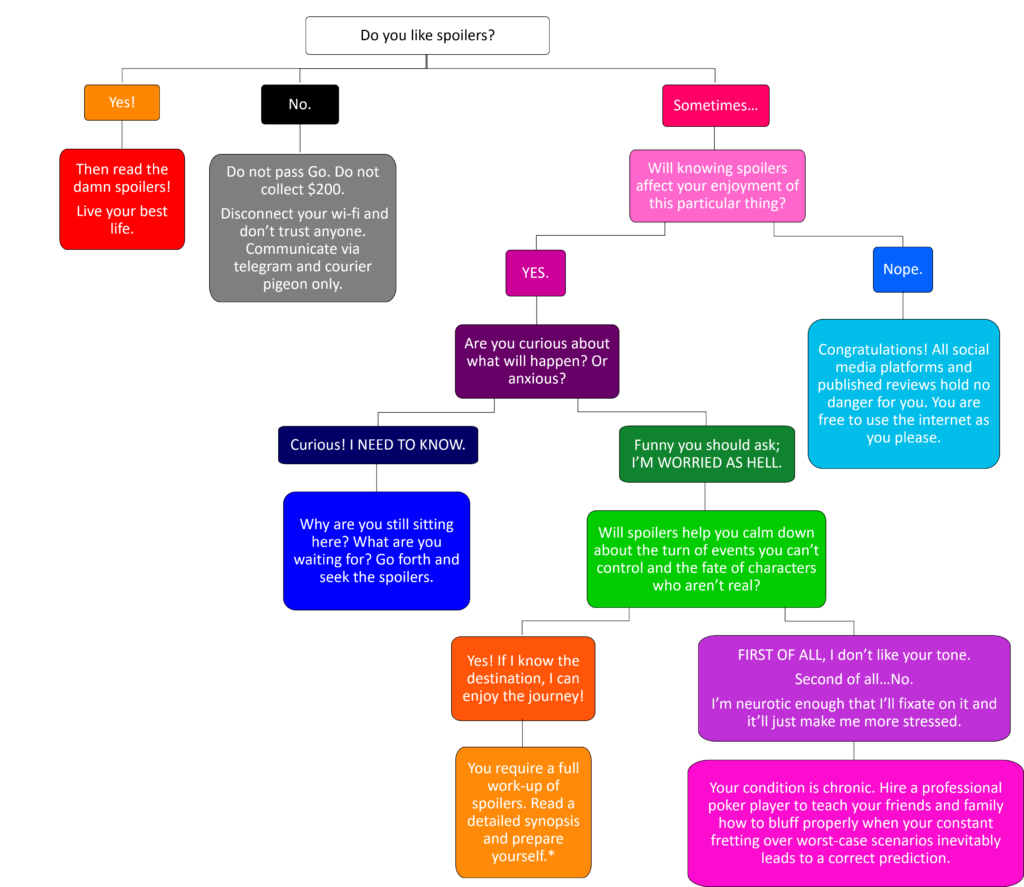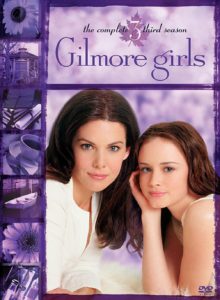Say the word puzzle, and I feel like most people conjure up images of a group of octogenarians, dressed in beige, sitting around a table in a drab nursing home, working on a nature scene of a lake. There’s some tall reeds and usually a duck. Or maybe they picture a group of children, ages 7-10, who’d rather be anywhere else doing literally anything else, moping their way through a jigsaw puzzle of brightly colored fish because it’s raining outside. Also, at least three pieces are missing, so they can’t even finish it.
Be honest, is that what popped into your head when you first read the title of this post?
Well, today, I’m here to set the record straight: Puzzles aren’t just for old people or rainy days. They don’t have to be boring, and if you store the pieces in a plastic bag and then put that bag in the box, you’re much less likely to lose them.
Let me tell you what puzzles are: Puzzles are Frosted Flakes. They’re GREAT.
First, disabuse yourself of the notion that all puzzles look like suitable cover copies of a Henry David Thoreau novel. It’s 2018. You can make your puzzle experience look like anything you want. Marvel, Disney, maps, spot-the-difference pictures, nature scenes you actually want to look at—the Grand Canyon, Niagara Falls, volcanoes erupting in the Hawaiian Islands. I even have a custom, Band of Brothers-themed puzzle. (A Christmas gift from a friend; I have a well-known puzzle obsession, which I’m sure you never would have guessed.)
And sure, puzzles are great at occupying your time when it’s raining outside and you want to be on the beach or by the pool, but they’re also perfect for those days that you just want to stay inside because global warming is real and it’s hotter than hell.
Need some quiet, meditative time? Break out a puzzle. Need something to do with your hands while you listen to the latest episode of your favorite podcast? Puzzle. Too tired to read before bed, but don’t want to risk that blue light from your phone or your TV screwing up your REM cycle? Sift through a few pieces of that puzzle. Early morning and you’re still waking up with that Folgers in your cup? P-U-Z-Z-L-E.
Because if the first secret to loving puzzles is finding the right subject, then the second is to plan to not do it all at once. Puzzling is great any time, but it’s not so great when it’s all the time. Unlike both seasons of Stranger Things, puzzling is not best when binged. That’s why they invented puzzle mats. Feeling frustrated? Not getting anywhere? Drop the puzzle piece. Walk away. Come back when you’re feeling it again. There’s something so immensely satisfying about suddenly finding that one piece the next time you drop by to look for it. Trust me.
Which brings us to secret #3: Embrace the simple.
Puzzling has a ton of benefits—it exercises both sides of the brain, improves our memory, produces dopamine, reduces stress—but the real draw is much less complicated than that. Puzzles give us the rules we don’t get in life but wish for: Here’s the big picture before you start. Trial and error? Ultimately the only way to succeed. All the pieces will fit. Guaranteed.





